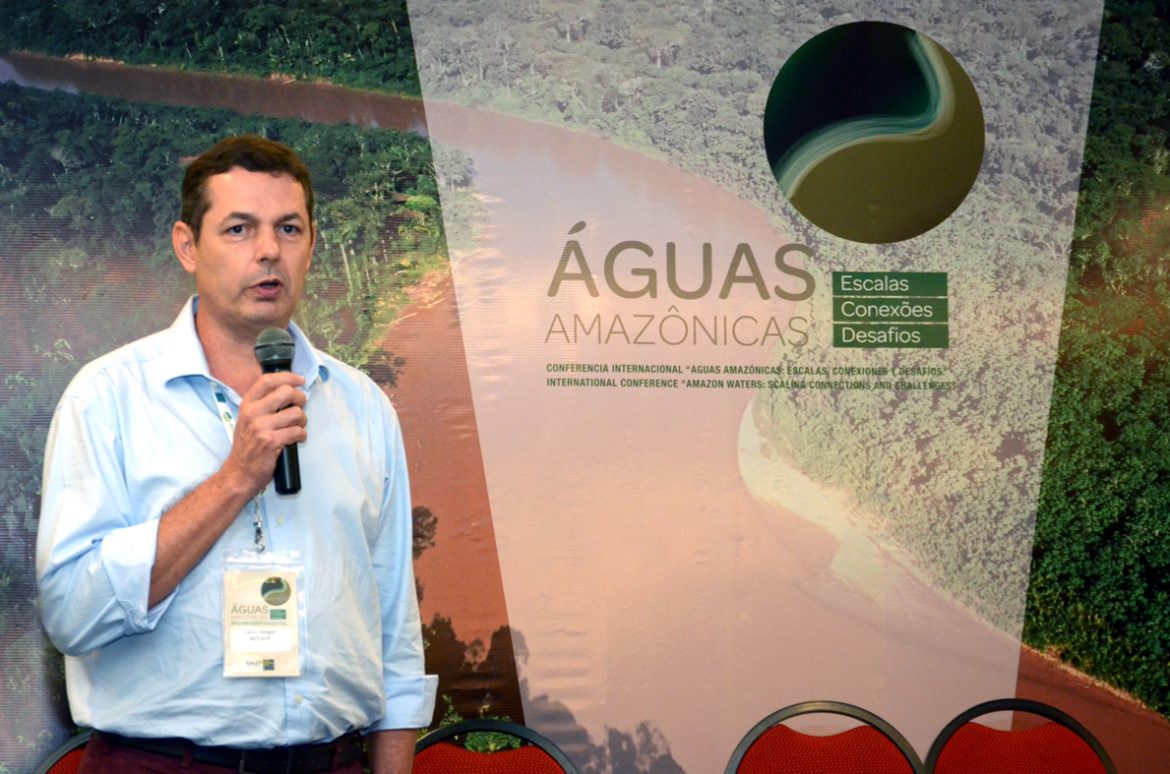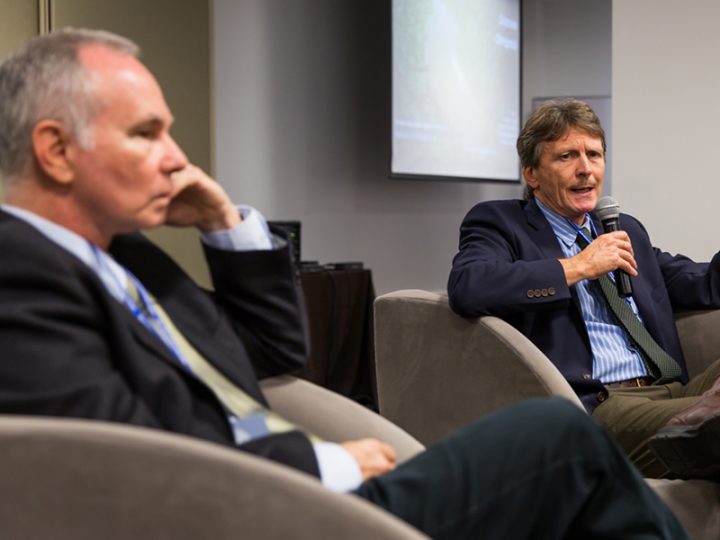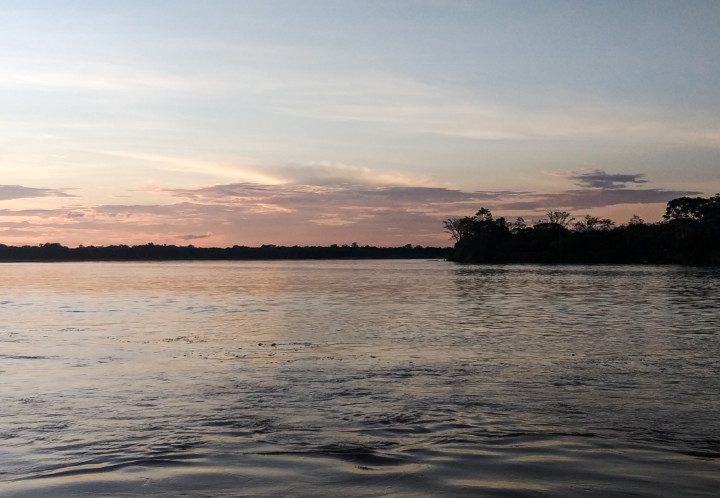
Author: Carlos Durigan – Director, WCS Brazil
The Amazon is well known for its superlatives, which include its status as the largest tropical forest in the world, with the most diverse watersheds and highest biodiversity levels on the planet. This region, which covers approximately 40% of the geographical area of South America, is also home to a diverse number of human cultures. Hundreds of indigenous peoples, traditional riverine populations, quilombolas (descendants of Afro-Brazilian slaves), and family farmers live in the Amazon, as does a surprisingly robust urban population that constitutes about 70% of the nearly 34 million people living in the Amazon region, which extends across the territory of nine different countries. 25 million of these people live in the Brazilian Amazon specifically.

While the vibrancy and diversity of the Amazon have been celebrated for decades, the region is just as well known for the suite of environmental issues it is faced with, from high levels of deforestation—about 20% of the forest cover has been lost through the gradual process of colonization—to territorial conflicts, unsustainable use of natural resources, rapid urban growth, and lack of basic services, among others.
In recent decades, we have seen the growth of an important movement to build social and environmental policies suitable for the Amazon region. Representatives throughout multiple civil society and several government agencies have rallied together to make sure that important environmental advances are realized. One example of this new environmental consciousness is the establishment of protected areas in the region; currently, close to 50% of the region falls within some type of protected area status, mostly in the form of new protected areas or recognition of indigenous lands. However, the scale-up of environmental threats that will negatively impacts both the ecological and social health of the region require expanded and integrated efforts.
In response to these new threats, approximately 60 Peruvian and Brazilian governmental agencies, NGOs, research institutions, universities, indigenous representatives and fishermen operating in the Amazon, will gather at the International Conference “Amazon Waters: Scales, Connections and Challenges ,” to build on past conservation work and move forward with sustainable plans for the region. The conference begins on Tuesday, May 19 in Manaus, Brazil.
During this event the Wildlife Conservation Society (WCS) will present the results of a project under its Amazon Waters Initiative that was developed as part of the SNAP platform (Science for Nature and People), in partnership with TNC (The Nature Conservancy) and NCEAS (National Center for Ecological Analysis and Synthesis). This project carried out several scientific syntheses involving collaborative research between Brazilian, Peruvian and American researchers, with the goal of broadening the range of conservation initiatives in the Amazon. The studies focused on holistic watershed health and consider the importance of the water, aquatic landscapes and aquatic biodiversity of the Amazon, and their fundamental roles in maintaining the ecological processes that sustain wildlife and livelihoods in the region. The Amazon Waters Initiative seeks to build a network of alliances to support conservation and management actions that place water, aquatic landscapes and biodiversity high on the environmental agenda for the region.

Improper management of natural resources, deforestation, uncontrolled growth of cities and climate change pose major threats to biodiversity and the regional quality of life. Added to these, major investments in infrastructure, expansion of activities such as large-scale mining, agriculture, timber and fisheries exploitation—mostly developed without proper planning—contribute significantly to social and environmental degradation in the Amazon. This suite of emerging threats are challenging past conservation achievements in the region, such as the implementation of protected areas, and puts the health of the region’s ecosystems and people at risk.
In light of these challenges and to complement existing conservation efforts that focus more on forest conservation, the Amazon Waters Initiative has come together to create an Integrated River Basin Management framework for the entire Amazon region. Through this approach, we seek to make scientific contributions and inform sustainable scenarios that support decision-making for regional development. Various studies and analyses carried out in recent years reinforce the importance of this new, holistic vision for the Amazon region, with its focus on the role of the waters, wetlands, and basins that together form the largest river system in the world.
Regional development should be built in a participatory manner and should ensure conservation of biodiversity, two important socio-environmental factors key both to supporting traditional Amazonian ways of life and maintaining continued function of globally important ecological processes. For these reasons, it is absolutely essential to maintain connectivity between the various elements that make up the diverse aquatic and terrestrial natural landscapes in the Amazon.
Drawing inspiration from the inter-connected nature of the Amazon River and its subsidiary river basins the Amazon Waters Initiative seeks to build similar connections among the myriad social actors that are involved in the search for sustainable solutions for the region. Our project’s scientific analyses are being presented in order to help identify key resources and processes that should be considered in regional decision-making. WCS believes that conservation of water, wetlands, and biodiversity is an intrinsic part of the regional environmental agenda, and that successful actions will depend on collective and participatory actions to conserve the Amazon.
- Carlos Durigan is a geographer with a Masters in Ecology; he has lived and worked in the Amazon for 20 years, and participates in multidisciplinary research involving studies and field work in biodiversity and social diversity to support programs in Indigenous Lands and Conservation Units.





